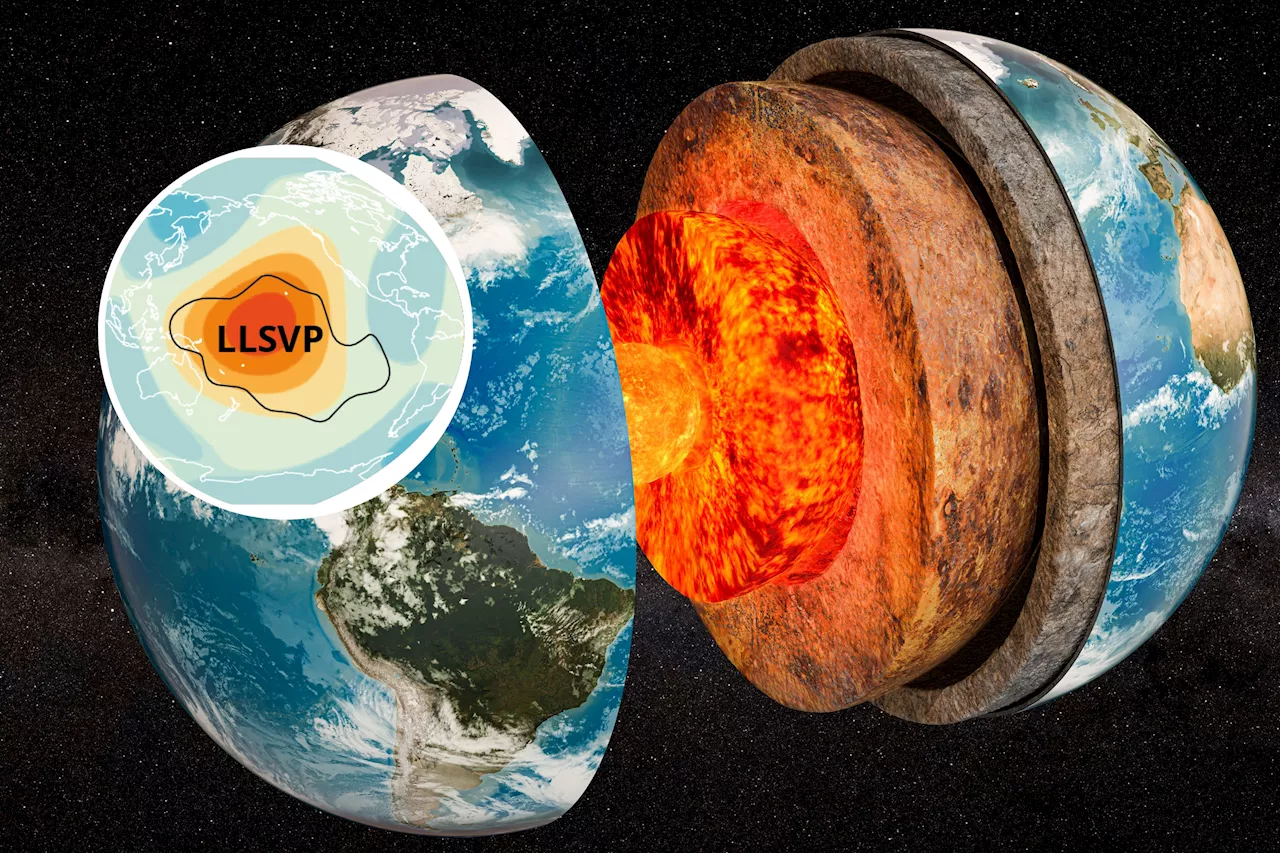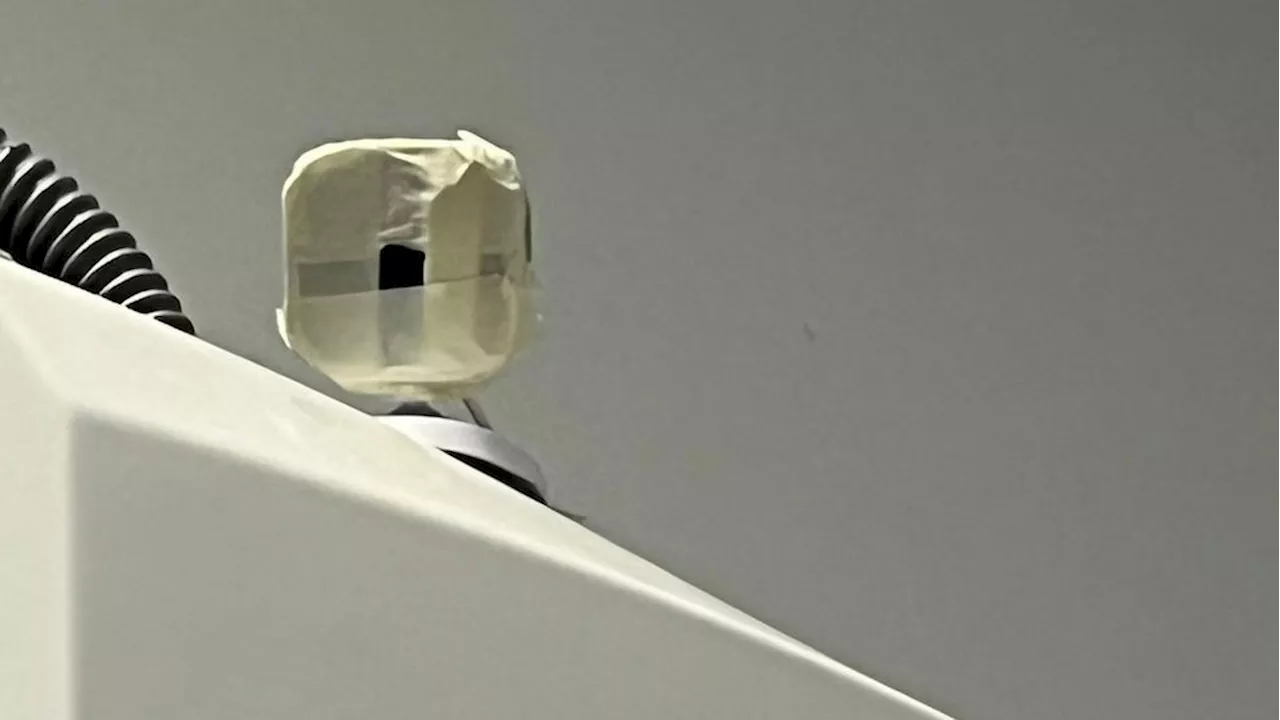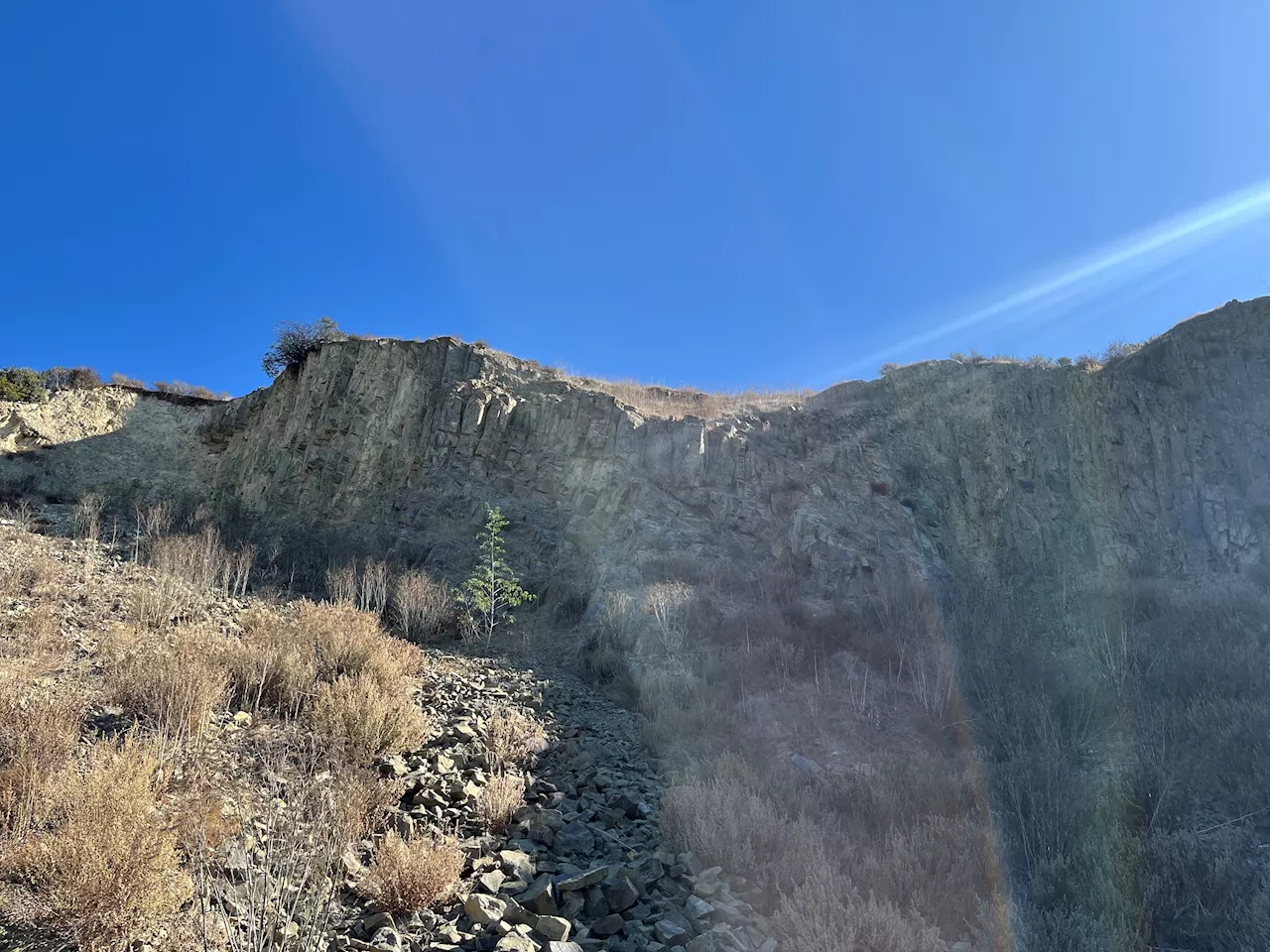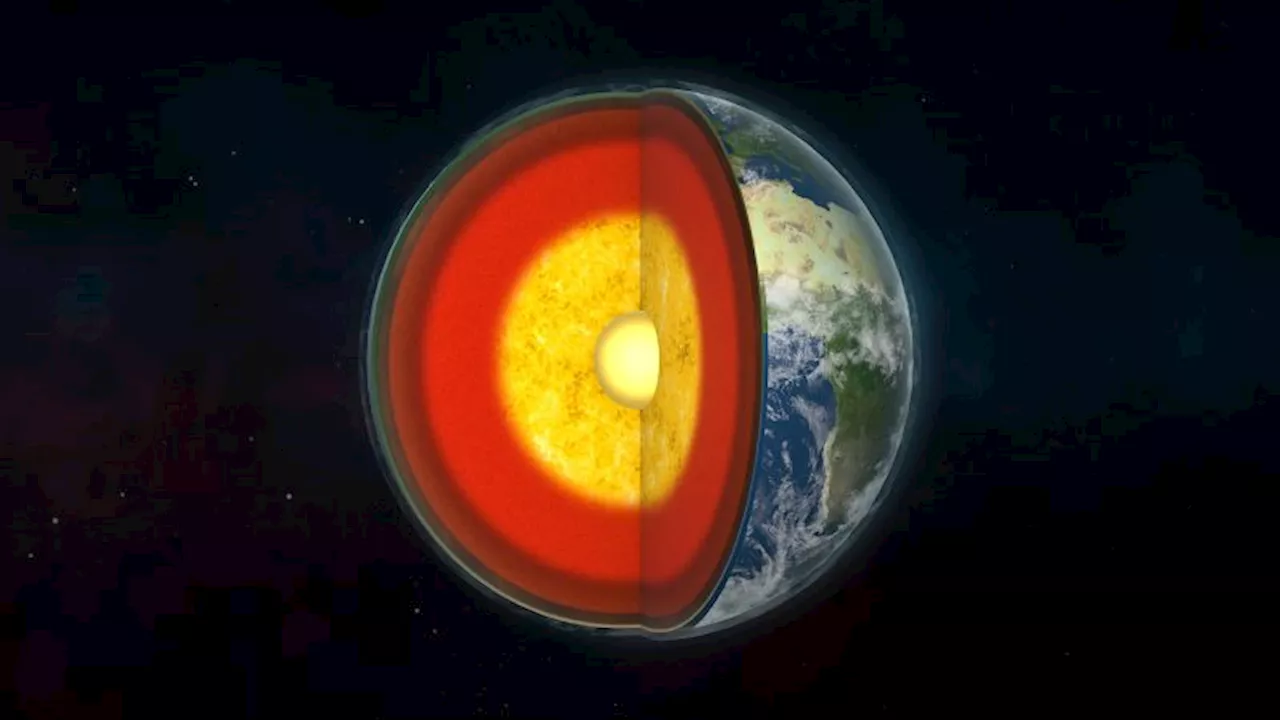Massive, ancient supercontinents hidden thousands of kilometers beneath Earth’s surface are providing new clues about the planet’s deep interior and the forces driving plate tectonics. Researchers using a new method to analyze seismic data have discovered that these buried landmasses, larger than continents on the surface, may act as anchors in the mantle and could be much older than previously thought.
Like most of us, Earth has a lot going on under the surface — even in what may have once seemed to be its most unassuming layer. The mantle, a zone between our planet’s thin crust and the molten core, features 1,800 miles (2,900 kilometers) of mostly solid rock, with a consistency like thickened caramel that scientists long hypothesized was uniformly blended.
But massive unmixed regions have been found lingering in the mantle, like lumps of chocolate in a cookie, and new findings are just beginning to reveal their secrets. Among the enigmatic mantle lumps are two enormous “supercontinents” buried thousands of kilometers below the crust amid the remains of ancient tectonic plates. One supercontinent lies under Africa, and the other resides deep under the Pacific Ocean. Using a new method to analyze data from earthquakes, researchers recently uncovered previously unknown details about these vast island regions, revealing that they may serve as anchors in our planet’s mantle and that they could be much older than previously thought. The discovery adds to a growing body of evidence suggesting that the rocky mantle isn’t as well-stirred by Earth’s internal churning as once believed. And hidden structures or pockets of unblended material, such as these supercontinents, may shape mantle activity, including plate movement, in ways that are yet to be understood, scientists reported January 22 in the journal Nature. “These findings will contribute to a better understanding of mantle convection and plate tectonics, and, therefore, phenomena we experience at the surface like earthquakes and volcanism,” said Claire Richardson, a doctoral candidate in the School of Earth and Space Exploration at Arizona State University, who was not involved in the new research. “Resolving the physical, thermal, and chemical properties of rocks ~3000 km (1,864 miles) below our feet, at extreme temperatures and pressures, is a challenging problem to say the least,” Richardson told CNN in an email. “Open questions abound, and each new study gets us closer to understanding what’s really going on down there.” Clues revealed by waves Researchers first spotted the subterranean supercontinents about 50 years ago when they popped up as anomalies in seismic data generated by earthquakes powerful enough to send reverberations through the planet. When seismic waves encounter unusual structures in the mantle, changes in wave speed provide seismologists with clues about Earth’s deep interior. Over the decades, seismic data revealed that these supercontinents make up about 20% of the mantle-core boundary. Each of the buried islands covers hundreds of thousands of miles, and in some spots they tower nearly 600 miles (965 kilometers) tall. However, little was known about what they were made of, when they sank and what role they might play in mantle flow, known as convection, said Dr. Sujania Talavera-Soza, lead author of the new study and a geosciences and seismology researcher at Utrecht University in the Netherlands. “Their origin and whether they are long-lived structures — it’s widely debated,” Talavera-Soza said. Earlier research focused on the velocity of seismic waves, showing that wave speed slowed by about 2% upon arriving at the supercontinents. This slowing of seismic waves led geologists to name the regions large low shear velocity provinces, or LLSVPs. Velocity loss in seismic waves suggested that these mantle zones were hotter than the rocks around them, Talavera-Soza said. But it was unknown whether the LLSVPs differed structurally from nearby regions. Scientists were also uncertain whether the supercontinents were actively involved in convection, or if they were “kind of dense piles that would just be sitting there,” said study coauthor Dr. Arwen Deuss, a professor of structure and composition of Earth’s deep interior at Utrecht University. “There was no information about that,” Deuss said. “We only knew that seismic waves slowed down.” In the new study, the authors used a different approach for studying the LLSVPs to see if they could tease out details about the zones’ composition and activity. They looked at the attenuation, or intensity, of seismic signals as they traveled through the mantle to see how much energy the vibrations from quakes lost. In music, attenuation is comparable to damping a tone, which produces a lower volume, Deuss said. Examining the attenuation of the waves — along with changes in wave speed — could provide previously unseen clues about LLSVPs’ makeup. The best data for this is from waves produced by earthquakes that are magnitude 7.8 or higher, Talavera-Soza added. Wave speed and energy loss were known to be affected by mineral grain size as well as temperature, so the authors used a physics model that linked seismology and mineral physic
EARTH MANTLE SUPERCONTINENTS SEISMIC WAVES PLATE TECTONICS CONVECTION
United States Latest News, United States Headlines
Similar News:You can also read news stories similar to this one that we have collected from other news sources.
 Mysterious 'Supercontinents' Inside Earth Challenge Mantle Theory'These two large islands are surrounded by a graveyard of tectonic plates,' seismologist Arwen Deuss said.
Mysterious 'Supercontinents' Inside Earth Challenge Mantle Theory'These two large islands are surrounded by a graveyard of tectonic plates,' seismologist Arwen Deuss said.
Read more »
 Hidden Camera Found in Gym Tanning Room Leads to Dozens of Felony ChargesA gym member in Kaysville, Utah discovered a hidden camera in a private tanning room, leading to the arrest of 68-year-old Kevin Dee Petersen. Petersen faces nearly three dozen felony charges for secretly recording dozens of people, including a child. Police say the sophisticated setup synced with the local Wi-Fi and used the location's power and Wi-Fi supplies, indicating intent. VASA Fitness officials have increased surveillance and are urging members to report any suspicious activity.
Hidden Camera Found in Gym Tanning Room Leads to Dozens of Felony ChargesA gym member in Kaysville, Utah discovered a hidden camera in a private tanning room, leading to the arrest of 68-year-old Kevin Dee Petersen. Petersen faces nearly three dozen felony charges for secretly recording dozens of people, including a child. Police say the sophisticated setup synced with the local Wi-Fi and used the location's power and Wi-Fi supplies, indicating intent. VASA Fitness officials have increased surveillance and are urging members to report any suspicious activity.
Read more »
 Hidden Volcano Found in Carlsbad NeighborhoodA dormant volcano, Mount Calavera, lies beneath the surface of a quiet Carlsbad neighborhood. Formed 22 million years ago, this plug dome volcano offers a unique geological formation with hexagonal columns resembling those found in famous sites like Devils Tower and Devils Postpile.
Hidden Volcano Found in Carlsbad NeighborhoodA dormant volcano, Mount Calavera, lies beneath the surface of a quiet Carlsbad neighborhood. Formed 22 million years ago, this plug dome volcano offers a unique geological formation with hexagonal columns resembling those found in famous sites like Devils Tower and Devils Postpile.
Read more »
 Ancient Volcano Found Hidden Beneath Carlsbad NeighborhoodA dormant volcano, Mount Calavera, lies hidden beneath the surface of a quiet Carlsbad neighborhood. Geologists say the volcano formed 22 million years ago due to the collision of the North American and Pacific plates. The volcano's unique plug dome formation can be seen in the hexagonal columns that resemble those found in famous national parks.
Ancient Volcano Found Hidden Beneath Carlsbad NeighborhoodA dormant volcano, Mount Calavera, lies hidden beneath the surface of a quiet Carlsbad neighborhood. Geologists say the volcano formed 22 million years ago due to the collision of the North American and Pacific plates. The volcano's unique plug dome formation can be seen in the hexagonal columns that resemble those found in famous national parks.
Read more »
 Lisa Kudrow Found a Hidden Note From Matthew Perry in a 'Friends' PropLisa Kudrow revealed on The Drew Barrymore Show that she recently discovered a note from her late 'Friends' co-star Matthew Perry tucked inside the iconic 'Cookie Time' cookie jar. Perry gifted the jar to Kudrow on the final day of filming for the sitcom, and she only recently found the note he had placed inside.
Lisa Kudrow Found a Hidden Note From Matthew Perry in a 'Friends' PropLisa Kudrow revealed on The Drew Barrymore Show that she recently discovered a note from her late 'Friends' co-star Matthew Perry tucked inside the iconic 'Cookie Time' cookie jar. Perry gifted the jar to Kudrow on the final day of filming for the sitcom, and she only recently found the note he had placed inside.
Read more »
 18 Immigrants Found Hidden Inside Tanker in SeguinA traffic stop in Seguin, Texas, led to the discovery of 18 immigrants concealed within a tanker attached to an 18-wheeler. Authorities say the immigrants, hailing from countries like El Salvador, Ecuador, Mexico, Honduras, and Guatemala, were unharmed and provided with food and water before being released to the U.S. Department of Homeland Security. Investigations are ongoing by both the U.S. Department of Homeland Security and the Guadalupe County Sheriff’s Office.
18 Immigrants Found Hidden Inside Tanker in SeguinA traffic stop in Seguin, Texas, led to the discovery of 18 immigrants concealed within a tanker attached to an 18-wheeler. Authorities say the immigrants, hailing from countries like El Salvador, Ecuador, Mexico, Honduras, and Guatemala, were unharmed and provided with food and water before being released to the U.S. Department of Homeland Security. Investigations are ongoing by both the U.S. Department of Homeland Security and the Guadalupe County Sheriff’s Office.
Read more »
